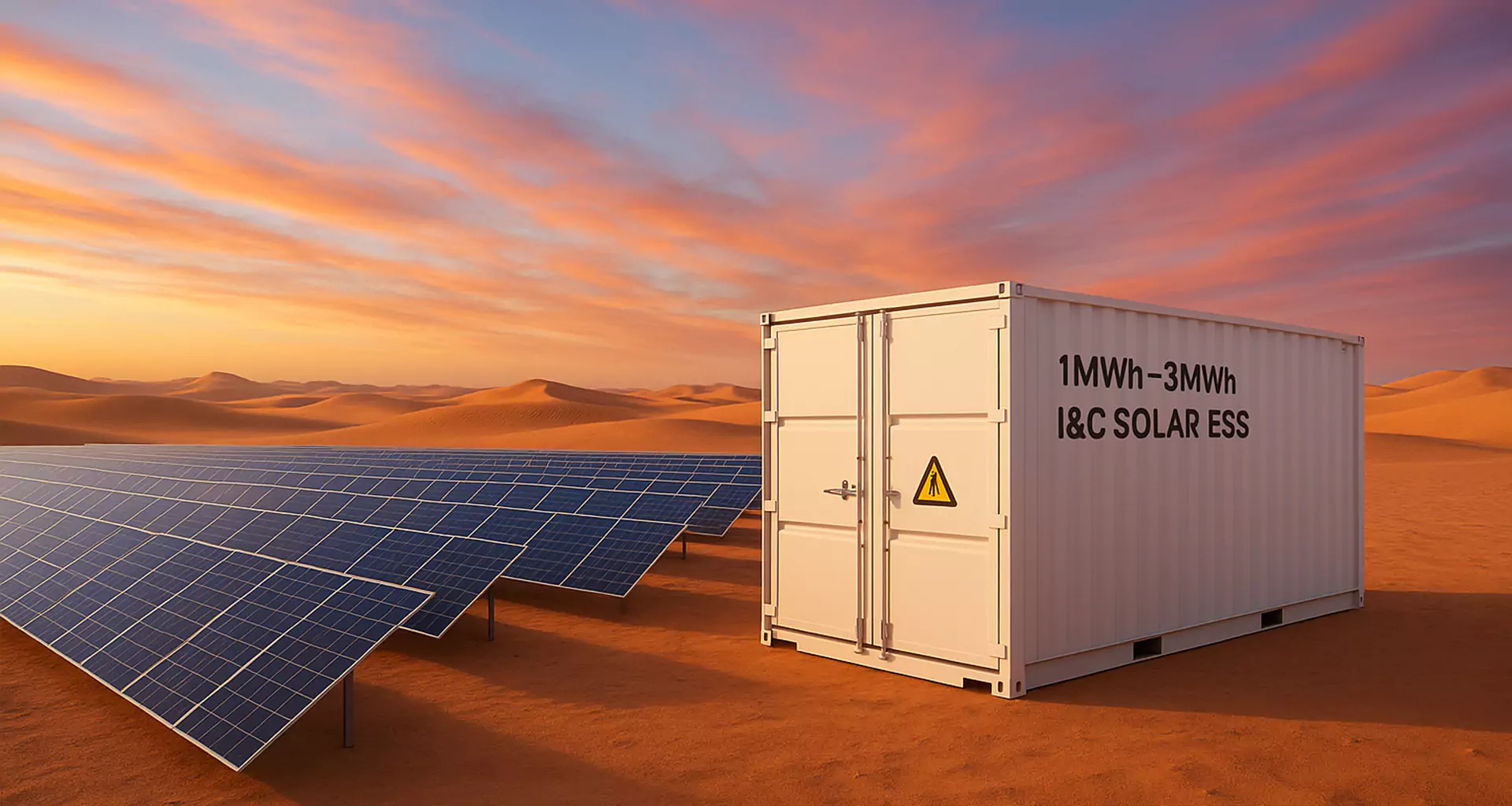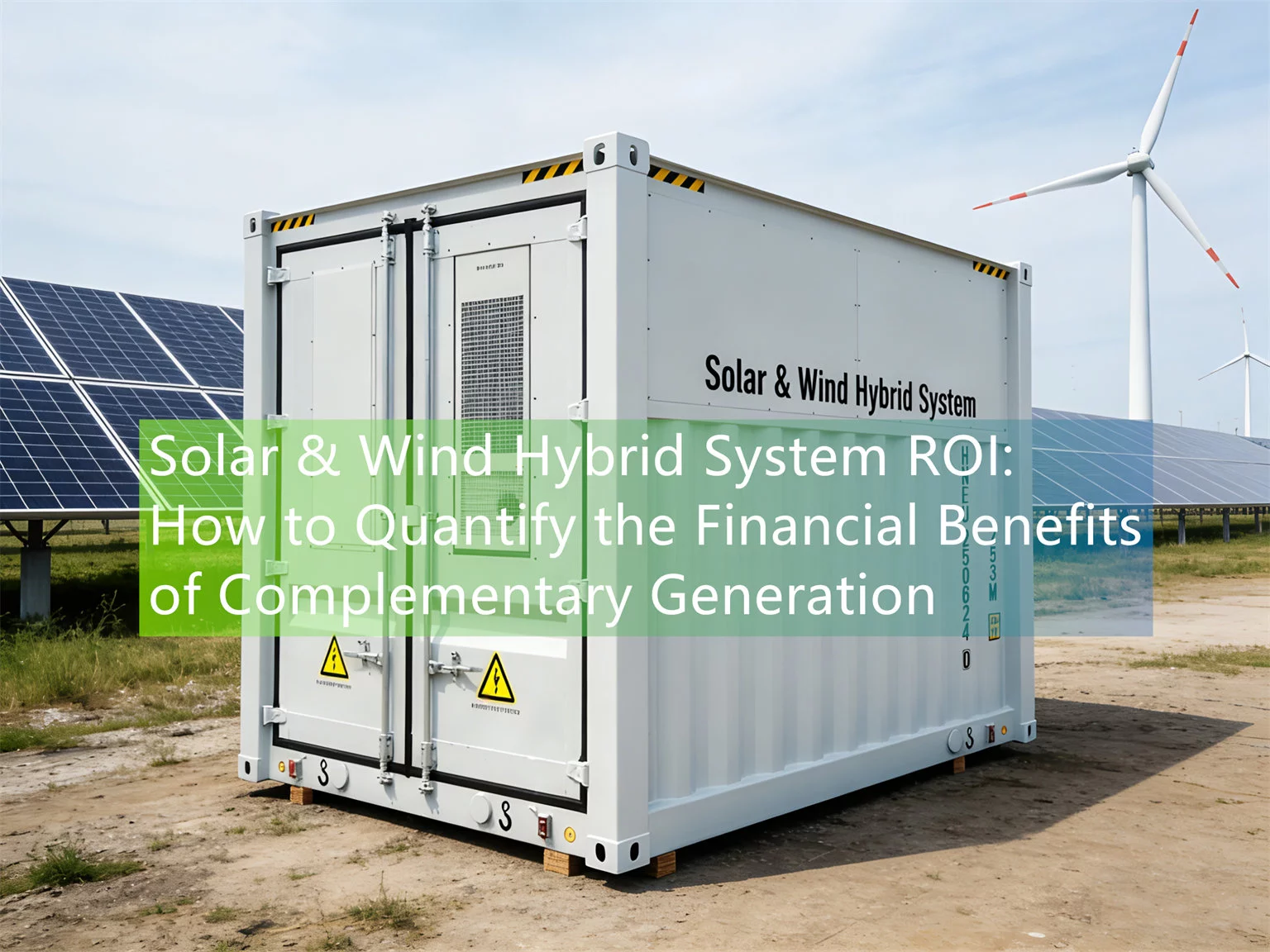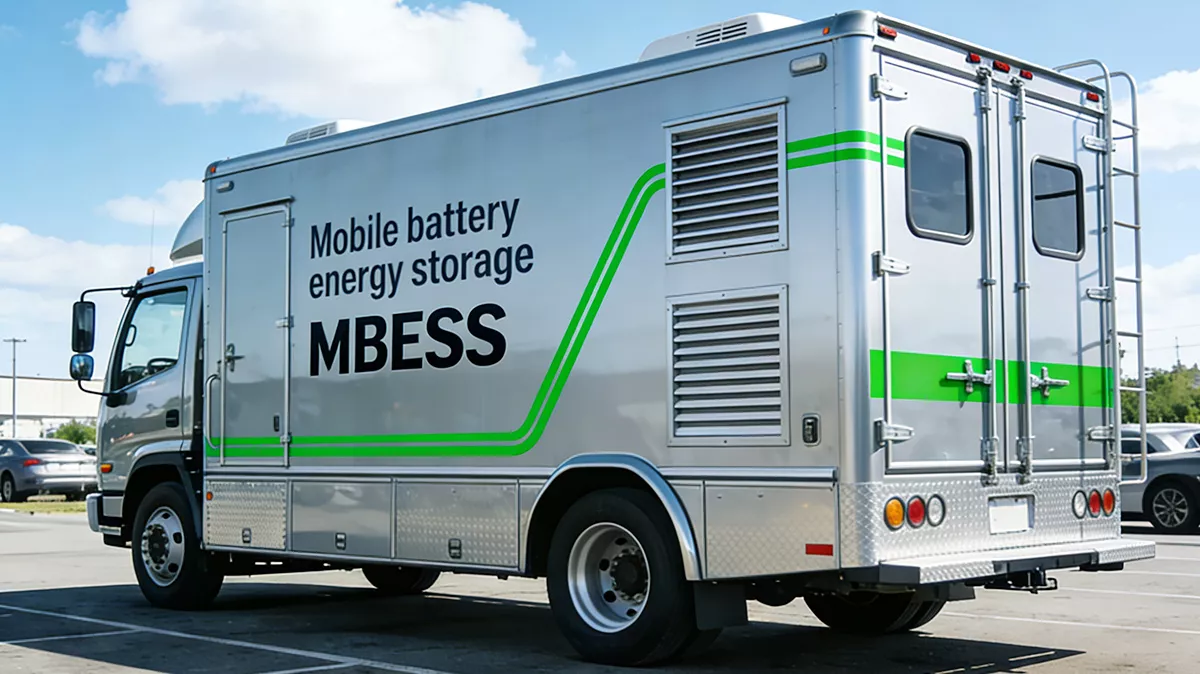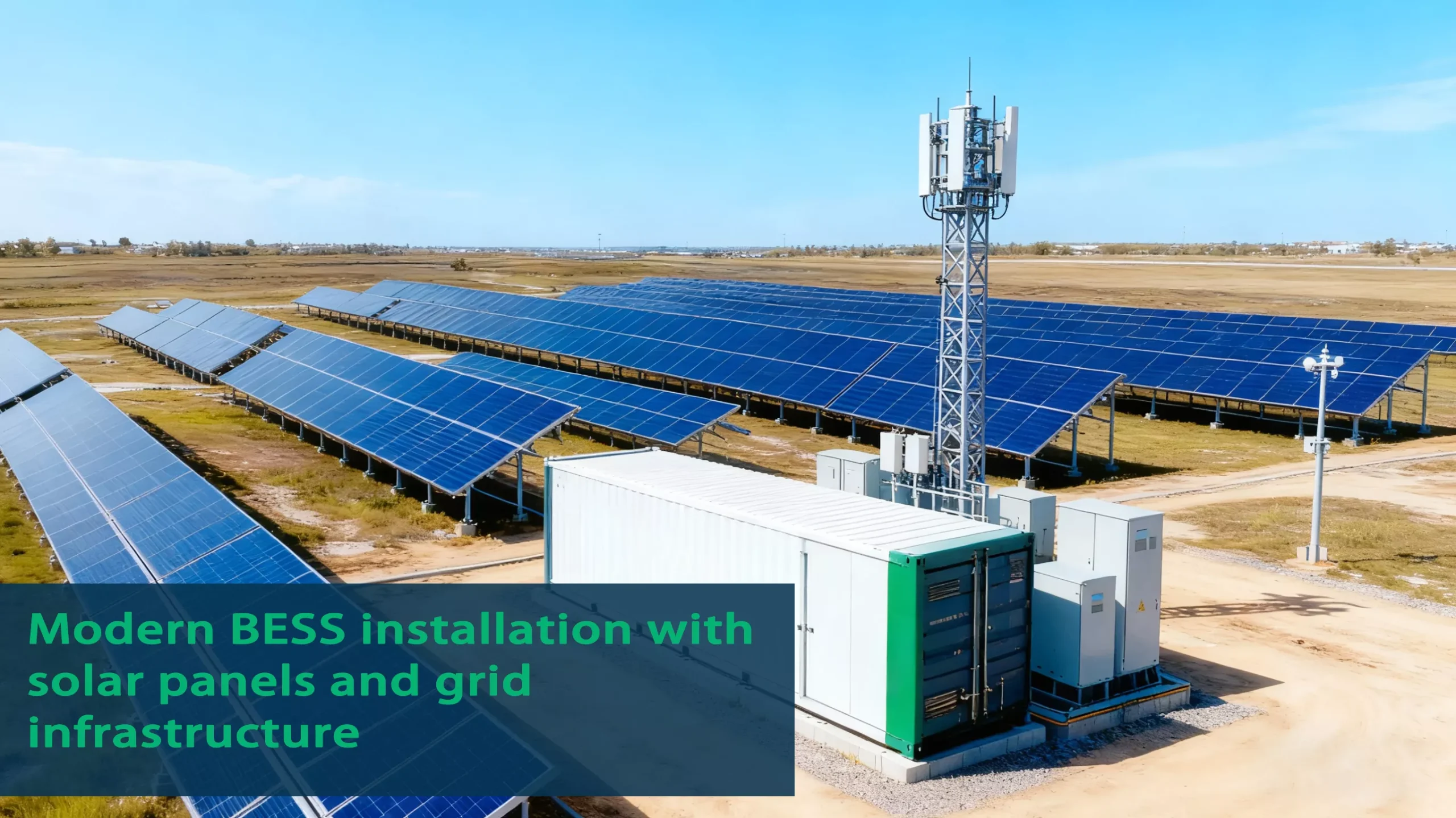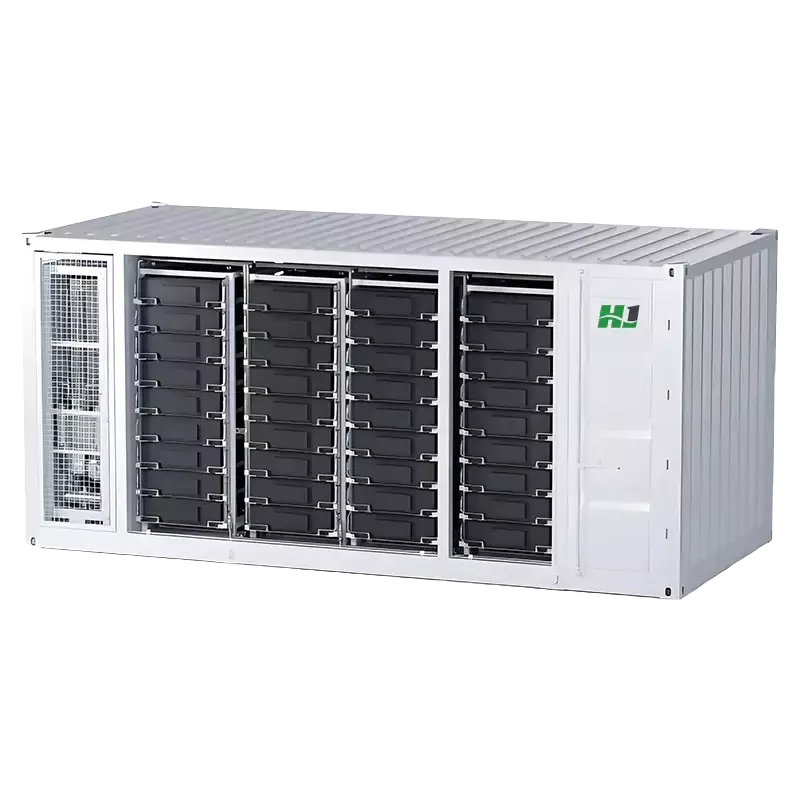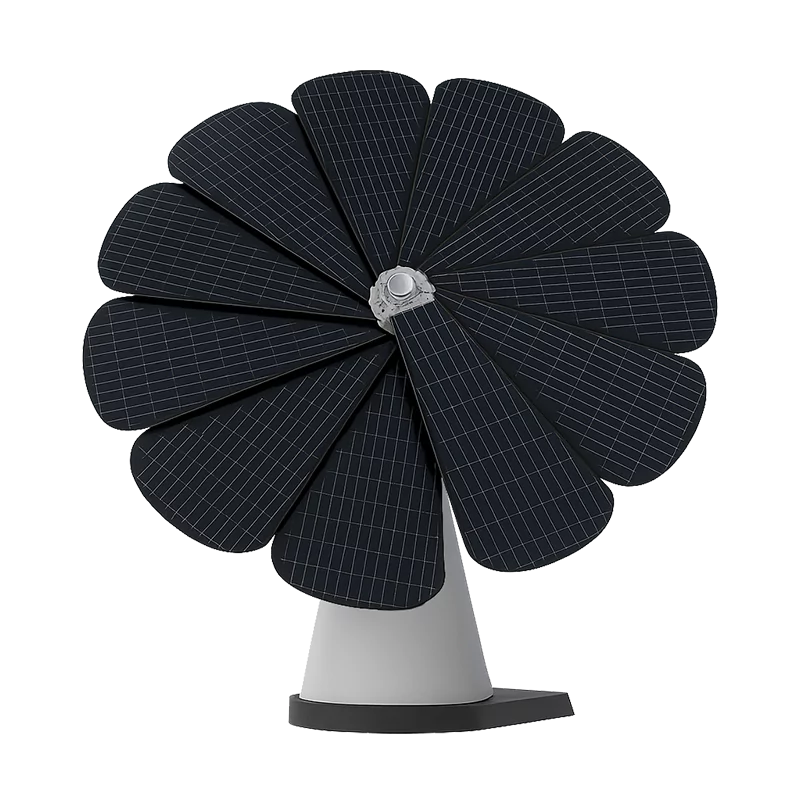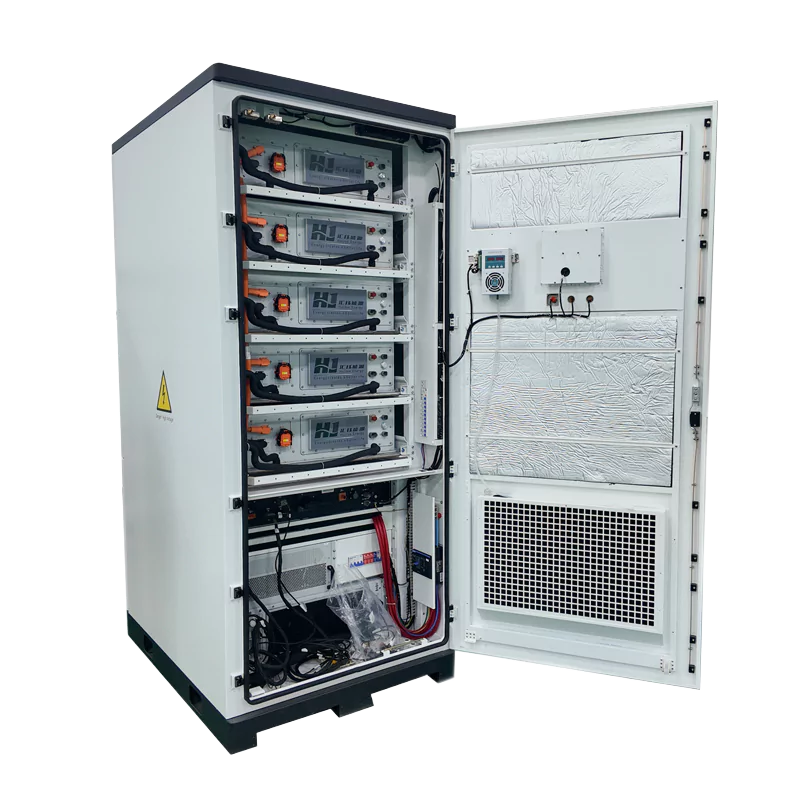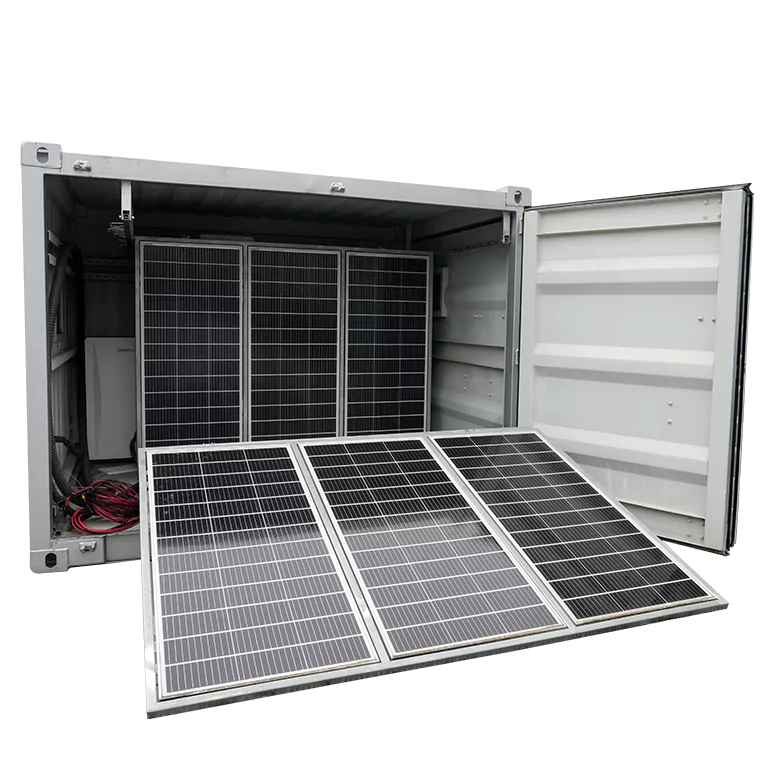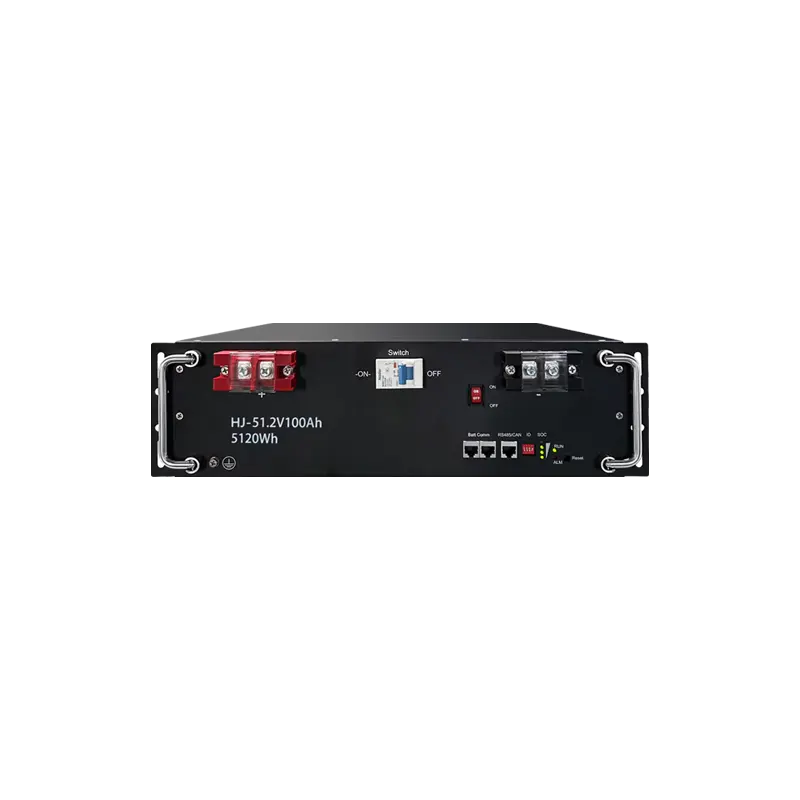Distributed Generation vs Microgrid: What’s the Difference?
As renewable energy continues to grow, more people are asking: what’s the difference between distributed generation and microgrids? The two terms sound similar, but they are not the same. Let’s break it down.

What is Distributed Generation (DG)?
Distributed Generation (DG) refers to small, decentralized power sources located close to where the energy is used.
Examples include rooftop solar, small wind turbines, natural gas turbines, and fuel cells.
Key features of DG:
- Capacity is usually small (from a few kW up to a few MW).
- Often connected directly to the main grid.
- Helps reduce electricity bills and peak demand.
- Usually only generates electricity — without storage or advanced control systems.
Example: Rooftop Solar in Shanghai
An office building installs a 300 kW rooftop solar system. During the day, solar power is consumed by the building, and excess electricity is sold back to the grid. This is classic distributed generation. It saves money, but if the main grid fails, the building still loses power.
What is a Microgrid?
A Microgrid is more than just power generation. It’s a complete small-scale power system.
A microgrid typically includes:
- Distributed energy sources (solar, wind, gas, etc.).
- Energy storage systems.
- Loads (buildings, factories, communities).
- A smart control and management system.
Microgrids can operate in two modes:
- Grid-connected mode: running together with the main grid.
- Island mode: supplying electricity independently when the main grid is down.

Example: Industrial Park in Shandong
An industrial park installed 5 MW of solar, 2 MW/4 MWh of energy storage, plus a gas turbine. Normally, it works with the main grid to cut peak demand and reduce electricity costs. During a blackout caused by a typhoon, the system switched to island mode and kept key production lines running. That’s the power of a microgrid.
Distributed Generation vs Microgrid: The Easy Analogy
DG = individual small power plants.
Microgrid = an integrated local power network that can stand alone.
Conclusion
The difference between distributed generation vs microgrid is clear:
- Distributed generation is about single, decentralized power sources.
- A microgrid is about integration — combining distributed generation, storage, loads, and smart controls into a reliable, flexible system.
As the world moves toward more resilient and sustainable energy, both DG and microgrids will play a key role. But understanding their differences helps businesses, communities, and policymakers make smarter energy choices.
Find Your Solar + Battery Storage Specialist Now!
* Fill out this form and our experts will help you find the perfect solar storage solution for your home or business.


